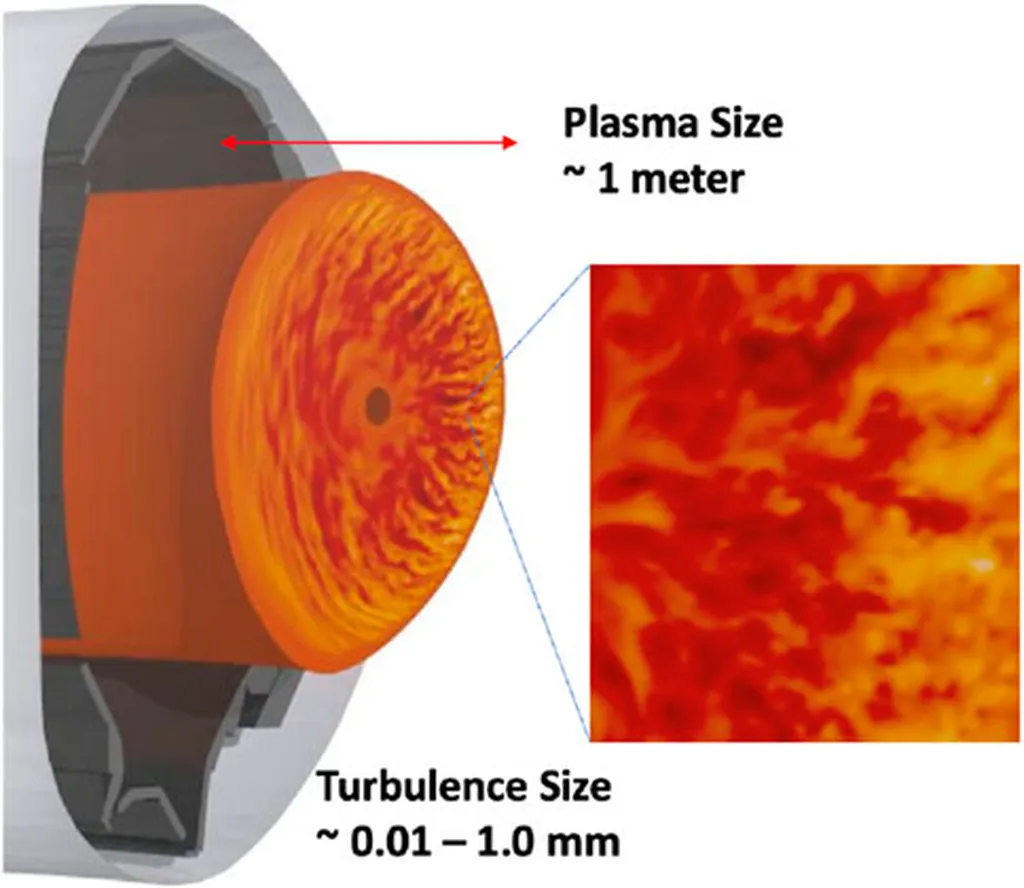Researchers from the University of York, the University of St Andrews, and the University of Strasbourg have delved into the fascinating world of self-organization in plasmas and geophysical fluids. Their work, published in the journal Physical Review Fluids, explores how turbulence can lead to the formation of large-scale structures, such as staircases and jets, in these systems.
The team, led by Dr. Paul Guillon from the University of York, investigated how turbulence in plasmas and geophysical fluids can self-organize into more orderly structures. They used simplified models that conserve potential vorticity, a quantity that is crucial in understanding the dynamics of these systems. The researchers studied two main scenarios: one where the turbulence is driven by external forcing, and another where it is driven by internal instabilities.
In the first scenario, the researchers found that turbulence can gradually form large-scale, elliptic zonal structures that merge progressively. This happens regardless of whether the turbulence is driven by external forcing or by the baroclinic instability, a process that occurs in rotating fluids like our atmosphere and oceans. The second scenario, which is more relevant to plasma systems, showed that turbulence can rapidly form straight, stationary jets of well-defined size. This is due to the modified zonal response in plasma systems, which differs from the standard response seen in geophysical fluids.
One of the most intriguing findings of this study is that the instability-driven plasma system exhibits a phase transition between a zonal flow dominated state and an eddy dominated state. In both states, the system can reach a state of saturation without the need for large-scale friction. This means that the system can self-organize and maintain its structure without external intervention.
The practical applications of this research for the energy sector are manifold. Understanding how turbulence can self-organize into more orderly structures can help in the design and control of fusion reactors, which rely on the confinement of hot plasma. It can also aid in the development of more accurate models for weather prediction and climate modeling, which are crucial for the energy industry. Furthermore, the insights gained from this study can be applied to the design of more efficient wind turbines, which are increasingly being used as a source of renewable energy.
In conclusion, this research sheds light on the complex dynamics of turbulence in plasmas and geophysical fluids. It provides valuable insights into the self-organization of these systems and has significant implications for the energy sector. The researchers hope that their findings will pave the way for further studies in this exciting field.
This article is based on research available at arXiv.

